Understanding Large-Cap Stocks and Their Market Presence
Introduction
Large-cap stocks refer to companies with a market capitalization exceeding $10 billion, positioning them among the most influential players in global markets. These stocks are often industry leaders, known for their financial stability, strong revenue generation, and consistent shareholder returns. Large-cap stocks are classified based on their market valuation, distinguishing them from mid-cap and small-cap companies. Investors favor large-cap stocks for their ability to provide long-term growth and portfolio stability, making them essential components of diversified investment strategies. Their presence in major indices such as the S&P 500 and NASDAQ-100 further reinforces their significance in financial markets.
Total Number of Large-Cap Stocks in Global Markets
Large-cap stocks dominate major indices such as the S&P 500, NASDAQ-100, and Dow Jones Industrial Average, representing companies with market capitalizations exceeding $10 billion. The S&P 500 consists entirely of large-cap stocks, while the NASDAQ-100 features leading technology firms with substantial valuations. The Dow Jones Industrial Average, composed of 30 blue-chip companies, highlights the most influential large-cap stocks in the U.S. The global distribution of large-cap stocks varies across regions, with the U.S. leading in market share. As of 2025, the U.S. stock market accounts for approximately 48.6 percent of global equities, encompassing over 6,000 publicly traded firms. China ranks second, with a market capitalization of $15.6 trillion across 7,061 companies. Europe follows closely, hosting 5,782 large-cap firms.
Historical trends indicate steady growth in large-cap stock listings, driven by technological advancements and economic expansion. The rise of artificial intelligence, fintech, and biotechnology has propelled new companies into large-cap status, reshaping market dynamics. Over the past decade, the number of large-cap stocks has increased as firms achieve higher valuations through innovation and strategic acquisitions.
Sources:
Visual Capitalist
Wikipedia
CompaniesMarketCap
Characteristics of Large-Cap Stocks
Large-cap stocks are known for their financial stability and strong revenue generation. These companies typically have well-established business models, allowing them to maintain steady cash flow and profitability. Their ability to generate consistent earnings makes them attractive to investors seeking reliable returns. Companies such as Microsoft MSFT and Apple AAPL exemplify this trait, leveraging their market dominance to sustain growth. Dividend payouts and shareholder returns are key characteristics of large-cap stocks. Many of these companies prioritize returning value to investors through regular dividend distributions, reinforcing confidence in their financial health. Johnson & Johnson JNJ and JPMorgan Chase JPM have established reputations for maintaining stable dividend yields, making them reliable choices for income-focused investors. Beyond dividends, large-cap stocks demonstrate steady earnings growth.
Large-cap stocks also benefit from industry leadership and competitive positioning. These companies are often market leaders, commanding significant influence within their respective sectors. Amazon AMZN and Walmart WMT exemplify this trait, leveraging their global presence and customer loyalty to maintain competitive advantages. Their established market positions allow them to drive innovation, expand product offerings, and sustain profitability. Investors favor large-cap stocks for their ability to withstand market volatility while continuing to lead industry trends.
Sources:
SmartAsset
MarketBeat
Finance Strategists
Investment Strategies for Large-Cap Stocks
Investing in large-cap stocks offers stability and long-term growth potential, making them a preferred choice for conservative investors. These companies have strong financial foundations, consistent earnings, and a history of reliable performance. However, large-cap stocks may experience slower growth compared to mid-cap and small-cap companies, and their valuations can be affected by macroeconomic conditions. Investors should assess their risk tolerance and market outlook before allocating capital to large-cap stocks, ensuring their strategy aligns with broader economic trends and industry shifts.
Portfolio diversification is essential when investing in large-cap stocks. A balanced approach includes diversifying across industries such as technology, healthcare, and consumer goods to mitigate volatility. Investors may also consider exchange-traded funds (ETFs) that track large-cap stocks, providing exposure while reducing individual stock risk. Experts emphasize the long-term investment potential of large-cap stocks, citing their ability to withstand economic downturns and deliver consistent returns. These companies often serve as foundational assets in diversified portfolios, providing security during market fluctuations. While short-term volatility may occur, large-cap stocks remain a reliable investment option for those seeking steady growth and portfolio stability.
Sources:
Morningstar
SmartAsset
BlackRock
Future Outlook and Predictions
Large-cap stocks are expected to maintain steady growth, with analysts forecasting strong performance across various sectors. Companies such as Microsoft MSFT, Apple AAPL, and JPMorgan Chase JPM continue to demonstrate resilience, reinforcing their status as reliable investments. Market projections indicate that large-cap stocks will benefit from stable earnings, dividend payouts, and long-term appreciation. Despite their stability, large-cap stocks face potential disruptions from emerging competitors and evolving industry trends. Advancements in artificial intelligence, fintech, and biotechnology are reshaping market dynamics, introducing new players that challenge established corporations. Companies specializing in AI-driven automation and decentralized finance are gaining traction, influencing investment strategies. Additionally, regulatory changes and geopolitical factors may impact large-cap stock trajectories.
Economic factors will play a crucial role in shaping the future of large-cap stocks. Inflationary pressures, interest rate adjustments, and global trade policies influence corporate profitability and investor sentiment. The Federal Reserve’s monetary policy decisions affect borrowing costs and capital allocation, impacting stock valuations. Analysts emphasize the importance of tracking macroeconomic indicators to assess large-cap stock performance and optimize investment strategies.
Sources:
American Century
Charles Schwab
Gord Collins
Final Thoughts
Large-cap stocks remain a fundamental component of investment portfolios due to their financial stability, industry leadership, and ability to generate consistent returns. Their presence in major indices and strong market influence make them attractive for long-term investors seeking security and growth. While emerging competitors and economic factors may shape their trajectory, large-cap stocks continue to offer resilience and steady appreciation. Investors looking for reliable assets often prioritize these stocks as key holdings in diversified portfolios.
Expert Analysis
Strategic Insights on Large-Cap Stock Investments
Large-cap stocks provide stability and consistent returns, making them a preferred choice for institutional and retail investors. Their ability to generate strong revenue and withstand economic downturns reinforces their reliability. However, growth potential may be slower compared to mid-cap and small-cap stocks. Investors should focus on financial health, dividend yields, and industry trends to maximize returns while maintaining portfolio resilience.
📌Read More About:
Top Large Cap Stocks- https://stockbossup.com/pages/topics/large-cap
What Are Large US Cap Stocks?- https://stockbossup.com/pages/post/39045/understanding-large-us-cap-stocks-and-their-market-influence
What Percentage of the Market is Large-Cap?- https://www.stockbossup.com/pages/post/38787/understanding-large-cap-stocks-market-share-and-investment-impact
Is it Good to Invest in Large-Cap Funds for Long-Term?- https://www.stockbossup.com/pages/post/38858/are-large-cap-funds-a-smart-long-term-investment
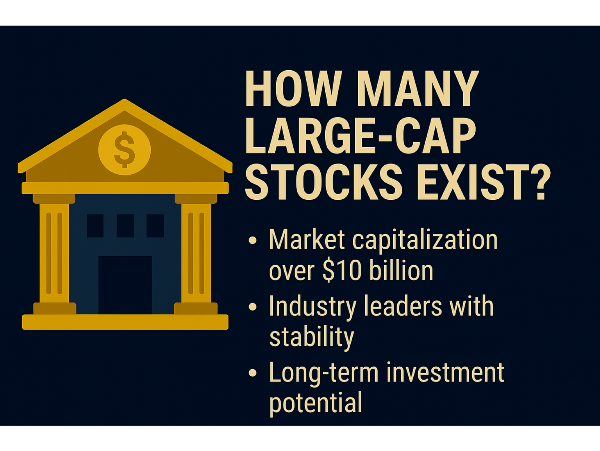


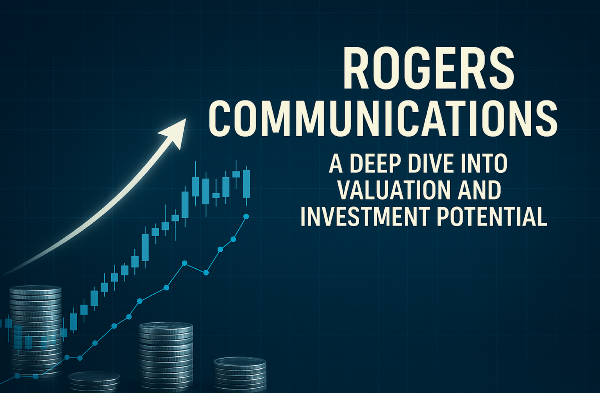
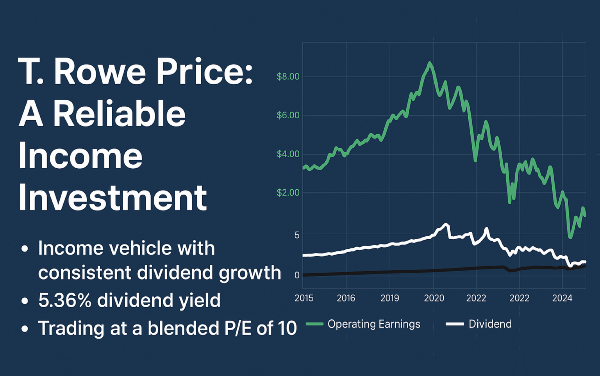
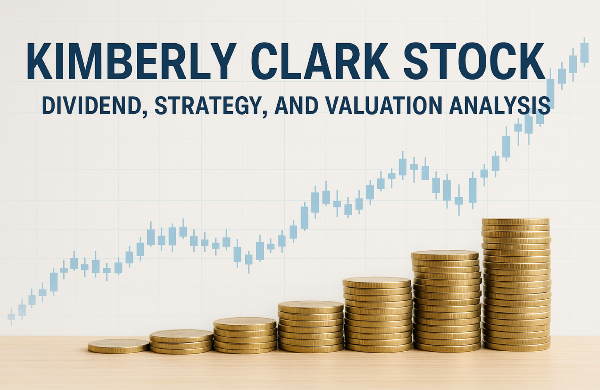

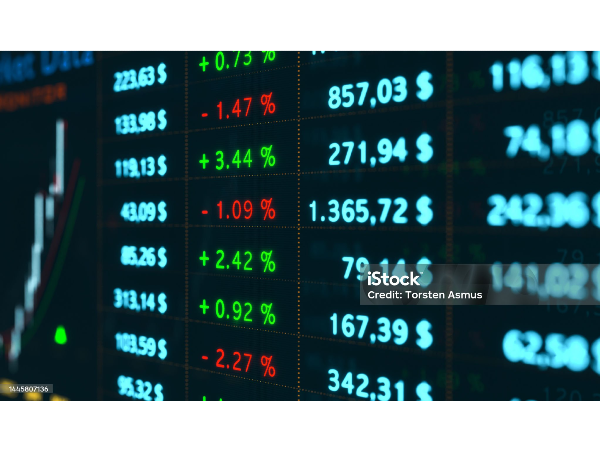


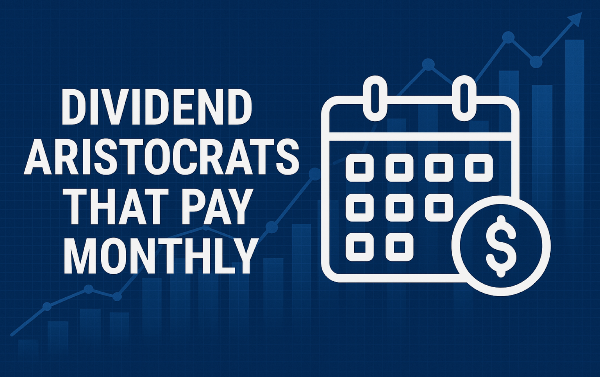







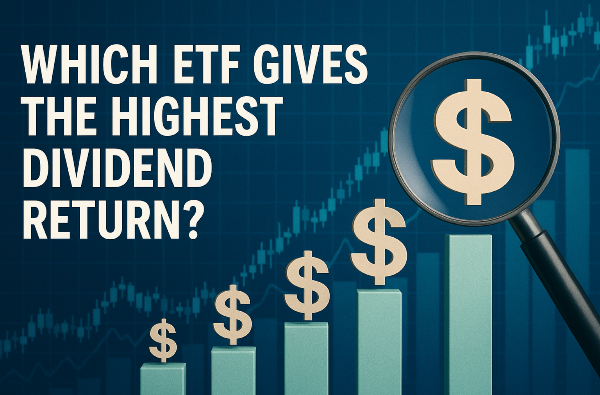


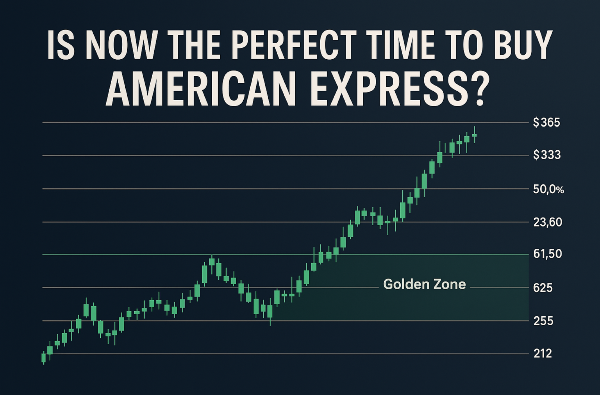








Understanding Large-Cap Stocks and Their Market Presence
Introduction
Large-cap stocks refer to companies with a market capitalization exceeding $10 billion, positioning them among the most influential players in global markets. These stocks are often industry leaders, known for their financial stability, strong revenue generation, and consistent shareholder returns. Large-cap stocks are classified based on their market valuation, distinguishing them from mid-cap and small-cap companies. Investors favor large-cap stocks for their ability to provide long-term growth and portfolio stability, making them essential components of diversified investment strategies. Their presence in major indices such as the S&P 500 and NASDAQ-100 further reinforces their significance in financial markets.
Total Number of Large-Cap Stocks in Global Markets
Large-cap stocks dominate major indices such as the S&P 500, NASDAQ-100, and Dow Jones Industrial Average, representing companies with market capitalizations exceeding $10 billion. The S&P 500 consists entirely of large-cap stocks, while the NASDAQ-100 features leading technology firms with substantial valuations. The Dow Jones Industrial Average, composed of 30 blue-chip companies, highlights the most influential large-cap stocks in the U.S. The global distribution of large-cap stocks varies across regions, with the U.S. leading in market share. As of 2025, the U.S. stock market accounts for approximately 48.6 percent of global equities, encompassing over 6,000 publicly traded firms. China ranks second, with a market capitalization of $15.6 trillion across 7,061 companies. Europe follows closely, hosting 5,782 large-cap firms.
Historical trends indicate steady growth in large-cap stock listings, driven by technological advancements and economic expansion. The rise of artificial intelligence, fintech, and biotechnology has propelled new companies into large-cap status, reshaping market dynamics. Over the past decade, the number of large-cap stocks has increased as firms achieve higher valuations through innovation and strategic acquisitions.
Sources:
Visual Capitalist
Wikipedia
CompaniesMarketCap
Characteristics of Large-Cap Stocks
Large-cap stocks are known for their financial stability and strong revenue generation. These companies typically have well-established business models, allowing them to maintain steady cash flow and profitability. Their ability to generate consistent earnings makes them attractive to investors seeking reliable returns. Companies such as Microsoft MSFT and Apple AAPL exemplify this trait, leveraging their market dominance to sustain growth. Dividend payouts and shareholder returns are key characteristics of large-cap stocks. Many of these companies prioritize returning value to investors through regular dividend distributions, reinforcing confidence in their financial health. Johnson & Johnson JNJ and JPMorgan Chase JPM have established reputations for maintaining stable dividend yields, making them reliable choices for income-focused investors. Beyond dividends, large-cap stocks demonstrate steady earnings growth.
Large-cap stocks also benefit from industry leadership and competitive positioning. These companies are often market leaders, commanding significant influence within their respective sectors. Amazon AMZN and Walmart WMT exemplify this trait, leveraging their global presence and customer loyalty to maintain competitive advantages. Their established market positions allow them to drive innovation, expand product offerings, and sustain profitability. Investors favor large-cap stocks for their ability to withstand market volatility while continuing to lead industry trends.
Sources:
SmartAsset
MarketBeat
Finance Strategists
Investment Strategies for Large-Cap Stocks
Investing in large-cap stocks offers stability and long-term growth potential, making them a preferred choice for conservative investors. These companies have strong financial foundations, consistent earnings, and a history of reliable performance. However, large-cap stocks may experience slower growth compared to mid-cap and small-cap companies, and their valuations can be affected by macroeconomic conditions. Investors should assess their risk tolerance and market outlook before allocating capital to large-cap stocks, ensuring their strategy aligns with broader economic trends and industry shifts.
Portfolio diversification is essential when investing in large-cap stocks. A balanced approach includes diversifying across industries such as technology, healthcare, and consumer goods to mitigate volatility. Investors may also consider exchange-traded funds (ETFs) that track large-cap stocks, providing exposure while reducing individual stock risk. Experts emphasize the long-term investment potential of large-cap stocks, citing their ability to withstand economic downturns and deliver consistent returns. These companies often serve as foundational assets in diversified portfolios, providing security during market fluctuations. While short-term volatility may occur, large-cap stocks remain a reliable investment option for those seeking steady growth and portfolio stability.
Sources:
Morningstar
SmartAsset
BlackRock
Future Outlook and Predictions
Large-cap stocks are expected to maintain steady growth, with analysts forecasting strong performance across various sectors. Companies such as Microsoft MSFT, Apple AAPL, and JPMorgan Chase JPM continue to demonstrate resilience, reinforcing their status as reliable investments. Market projections indicate that large-cap stocks will benefit from stable earnings, dividend payouts, and long-term appreciation. Despite their stability, large-cap stocks face potential disruptions from emerging competitors and evolving industry trends. Advancements in artificial intelligence, fintech, and biotechnology are reshaping market dynamics, introducing new players that challenge established corporations. Companies specializing in AI-driven automation and decentralized finance are gaining traction, influencing investment strategies. Additionally, regulatory changes and geopolitical factors may impact large-cap stock trajectories.
Economic factors will play a crucial role in shaping the future of large-cap stocks. Inflationary pressures, interest rate adjustments, and global trade policies influence corporate profitability and investor sentiment. The Federal Reserve’s monetary policy decisions affect borrowing costs and capital allocation, impacting stock valuations. Analysts emphasize the importance of tracking macroeconomic indicators to assess large-cap stock performance and optimize investment strategies.
Sources:
American Century
Charles Schwab
Gord Collins
Final Thoughts
Large-cap stocks remain a fundamental component of investment portfolios due to their financial stability, industry leadership, and ability to generate consistent returns. Their presence in major indices and strong market influence make them attractive for long-term investors seeking security and growth. While emerging competitors and economic factors may shape their trajectory, large-cap stocks continue to offer resilience and steady appreciation. Investors looking for reliable assets often prioritize these stocks as key holdings in diversified portfolios.
Expert Analysis
Strategic Insights on Large-Cap Stock Investments
Large-cap stocks provide stability and consistent returns, making them a preferred choice for institutional and retail investors. Their ability to generate strong revenue and withstand economic downturns reinforces their reliability. However, growth potential may be slower compared to mid-cap and small-cap stocks. Investors should focus on financial health, dividend yields, and industry trends to maximize returns while maintaining portfolio resilience.
📌Read More About:
Top Large Cap Stocks- https://stockbossup.com/pages/topics/large-cap
What Are Large US Cap Stocks?- https://stockbossup.com/pages/post/39045/understanding-large-us-cap-stocks-and-their-market-influence
What Percentage of the Market is Large-Cap?- https://www.stockbossup.com/pages/post/38787/understanding-large-cap-stocks-market-share-and-investment-impact
Is it Good to Invest in Large-Cap Funds for Long-Term?- https://www.stockbossup.com/pages/post/38858/are-large-cap-funds-a-smart-long-term-investment